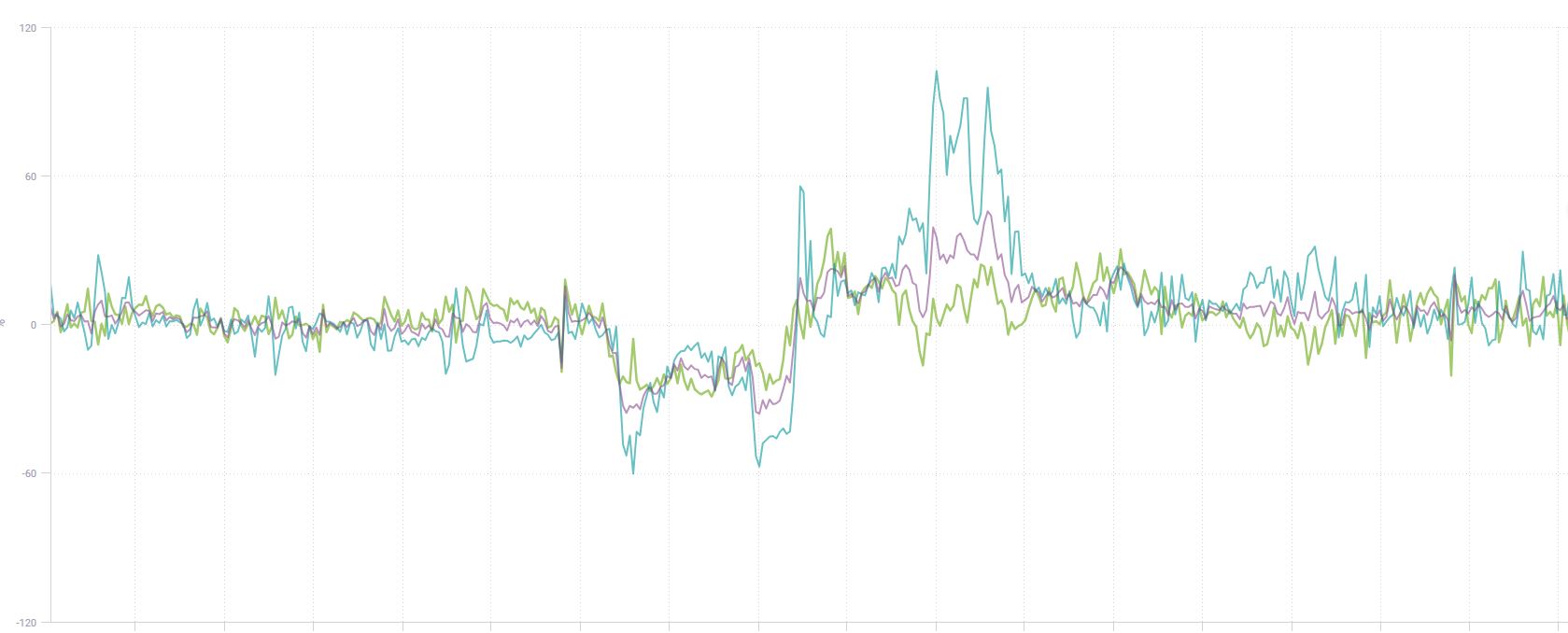CEIC Launches Major Update with High-Frequency Data for Developed Markets, Including European Consumer Card Spending Data (for tracking consumer behavior) and U.S. Transaction Data (for household demand analysis). Additionally, the China Database has expanded its National Balance Sheet (enabling in-depth analysis of wealth composition) while optimizing the regional construction industry indicator system. For Latin America, detailed banking statistics for Mexico and Colombia have been added, providing crucial references for financial system analysis. CEIC has also simultaneously released outstanding credit data for Indian states and regions, as well as export details broken down by administrative divisions.

European Consumer Card Spending:This dataset incorporates high-frequency consumer card usage data from the Fable Database, providing a detailed breakdown of weekly spending patterns among European households, segmented by online and offline channels. It enables real-time tracking of how consumer behavior dynamically shifts amid macroeconomic shocks, monetary tightening, and cost-of-living pressures, with consistent coverage across Germany and the UK.
U.S. High-Frequency Transaction Spending Data:Sourced from Facteus, this high-frequency transaction spending dataset delivers real-time insights into U.S. consumer expenditures, supporting daily tracking of credit and debit card transaction flows across industries. Categorized by the North American Industry Classification System (NAICS) and Merchant Category Codes (MCC), the data facilitates granular analysis of household demand in essential goods, non-essential consumer goods, and services sectors.
More Data for Developed Markets including data for the EU, Germany, UK, Spain, Japan, South Korea, Australia, and other developed economies.
China National Balance Sheet Account:Known as a "national ledger," the National Balance Sheet serves as a critical data foundation for analyzing a country’s national strength, wealth composition, and debt risks. The Chinese Academy of Social Sciences (CASS) has compiled China’s National Balance Sheet for the 1978–2022 period. CEIC has extended the historical coverage of this dataset from 2000 back to 1978, while adding new indicators such as breakdowns for the household sector, government sector, and non-financial assets.
China Regional Construction Data:CEIC has further expanded its construction industry data by enhancing quarterly financial data of enterprises at both national and provincial levels. Data expansions include indicators such as labor productivity, completed floor area per capita, under-construction floor area per capita, as well as data on the number of state-owned enterprises and state-controlled enterprises, their employee counts, and contract values. These new data points provide valuable resources for analyzing construction industry efficiency, regional performance, and the contribution of SOEs.
Latin American Banking Statistics:Including commercial bank deposit data for Mexico and portfolio data for Colombian financial institutions.
India Outstanding Credit Data:Comprehensive release of credit balance data, including breakdowns by region, state, location (rural, urban, semi-urban, and metropolitan), bank type, and industry.
ASEAN:New additions include Indonesia Premium Dataset, comprehensive data on Malaysia’s service exports and imports, Thailand’s inflation and financial market data, and new real estate industry data for Vietnam.
To access details, please log in to the CEIC Database via the link below and click on this link.



LSEG has launched Reuters Super Summaries, delivering crucial, market-moving company events concisely summarised at speed to gain a competitive edge and make critical investment decisions.
News Monitor in Workspace enables you to view Reuters Super Summaries (SSUM). These summaries are an AI-assisted topic that expands company earnings coverage to include a broad range of companies previously not covered by Reuters stories. This coverage includes key companies, consolidated information minutes after earnings are released, and summarisation of key earnings information plus fast context.
In Workspace, find NEWS2.0, then search SSUM
The summaries are created using AI with editorial review. They provide contextual insights by combining LSEG data with trusted journalism and insights from Reuters. Current coverage focuses on key US and Canadian companies and will increase to as many as 10,000 global companies globally.
The story format consists of six sections — story headline, overview, outlook, result drivers, key details and analyst coverage.
An ecosystem of insights, news and cutting-edge analytics, built to augment workflow and streamline tasks.